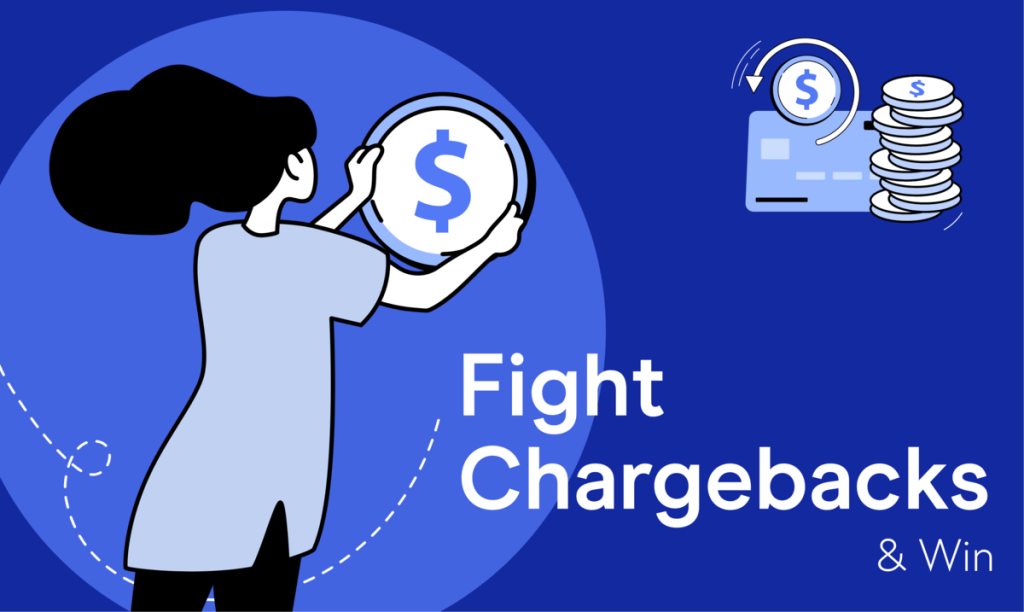Chargebacks are a major challenge for merchants, directly impacting revenue and operational efficiency. A chargeback occurs when a customer disputes a transaction, leading to a reversal of the payment. This process can result in lost sales, additional fees, and even the suspension of your merchant account if chargeback ratios exceed acceptable limits. This guide provides clear, actionable steps to help you fight chargebacks effectively and outlines preventive measures to protect your business.
Understanding the Chargeback Process
Chargebacks involve multiple parties: the customer, the issuing bank, the acquiring bank, and the card networks (Visa, Mastercard). Here’s how the process typically unfolds:
- Customer Dispute: The customer disputes a charge, often citing fraud, non-receipt of goods, or dissatisfaction with the product/service.
- Issuing Bank Review: The issuing bank assesses the claim and, if valid, credits the customer’s account.
- Chargeback Notification: The card network informs the acquiring bank, which notifies the merchant.
- Merchant Response: The merchant can challenge the chargeback by providing evidence supporting the legitimacy of the transaction.
- Final Decision: The issuing bank reviews the evidence and makes a final ruling.
Understanding this process is essential for effectively managing chargebacks. Visa requires merchants to maintain a chargeback ratio below 0.9%, while Mastercard’s threshold is under 1.5% for two consecutive months.
When to Fight a Chargeback
Deciding whether to contest a chargeback depends on several factors:
- Chargeback Amount: It may not be cost-effective to fight small chargebacks.
- Available Evidence: Without solid evidence, your chances of success are low.
- Reason Code: Each reason code dictates the type of evidence required, and not all are worth fighting.
Fight chargebacks when the transaction was legitimate, you have strong evidence, and the potential loss is significant.

Steps to Fight a Chargeback
Step 1: Identify the Reason Code
Each chargeback has a reason code that explains why the dispute was filed. Understanding this code is crucial because it determines the type of evidence you need to provide.
Step 2: Gather Evidence
The evidence you collect should be directly related to the reason code. Common evidence types include:
- Sales Receipts and Order Forms: Proof that the transaction was authorized and processed correctly.
- Shipping and Delivery Records: Documentation showing that goods were delivered as promised.
- Customer Communications: Emails and other communications demonstrating customer awareness of the transaction.
Here’s a table summarizing the types of evidence needed for different reason codes:
| Reason Code | Type of Chargeback | Required Evidence |
|---|---|---|
| Fraud | Unauthorized transaction | Signed receipt, AVS match, IP address verification |
| Non-Delivery | Goods not received | Shipping confirmation, delivery tracking number |
| Service | Service not rendered as described | Service contracts, customer communications |
| Product Issues | Product not as described, counterfeit | Product description, proof of authenticity, photos |
Step 3: Write a Rebuttal Letter
A rebuttal letter is a formal document that presents your case to the issuing bank. The letter should clearly outline why the chargeback is unjustified and how the evidence supports your case. Here’s a basic structure:
- Introduction: Briefly state the transaction details and the reason for the chargeback.
- Evidence Summary: Highlight key evidence supporting your case.
- Conclusion: Request the chargeback be reversed and reaffirm the transaction’s validity.
Step 4: Submit the Representment Package
Submit your representment package to the acquiring bank, ensuring all documents are correctly formatted and submitted within the deadline. The acquiring bank will review the package and forward it to the issuing bank for a final decision.
Best Practices for Preventing Chargebacks
Preventing chargebacks is more effective than fighting them. Here are key practices:
- Implement Fraud Detection Tools: Use CVV, AVS, and 3D Secure tools to verify transactions. Over 75% of chargebacks are due to fraud.
- Enhance Customer Service: Ensure customers can easily reach you to resolve issues before they escalate to chargebacks. Provide multiple communication channels (phone, email, chat).
- Provide Clear Product Descriptions and Policies: Misleading product descriptions and unclear return policies are common causes of chargebacks. Ensure all information is accurate.
- Monitor Suspicious Transactions: Use automated systems to flag high-risk transactions, such as mismatched shipping and billing addresses.

The Role of Chargeback Management Tools
Efficient chargeback management tools are essential for monitoring, managing, and disputing chargebacks. Merchanto.org, an official partner of Visa and Mastercard in the chargeback prevention sector, offers comprehensive tools that help reduce chargeback ratios. By integrating these tools, merchants can protect their revenue. Learn more at Merchanto.org.
The Cost of Chargebacks
Chargebacks have direct financial costs and long-term impacts on your business. Here’s an overview:
| Cost Type | Description | Estimated Impact |
|---|---|---|
| Chargeback Fees | Fees charged by acquiring banks per chargeback | $20 – $100 per chargeback |
| Operational Costs | Time and resources spent on fighting chargebacks | Varies based on the complexity of the case |
| Lost Revenue | Revenue lost from reversed transactions | Full transaction amount |
| Increased Processing Fees | Higher fees due to elevated chargeback ratios | Up to 1% increase in processing fees |
| Account Termination | Potential loss of merchant account if chargeback ratio exceeds thresholds | Severe business disruption |
According to Mastercard, businesses with a chargeback ratio exceeding 1.5% for two consecutive months may face fines or even lose their merchant account.
Conclusion
Managing chargebacks requires a clear understanding of the process and a proactive approach. By following the steps outlined in this guide, merchants can reduce chargeback occurrences, successfully contest unjustified chargebacks, and maintain a stable payment processing environment. Chargebacks can significantly disrupt your business if not handled properly, so it’s crucial to stay informed and implement the right strategies to minimize their impact.



